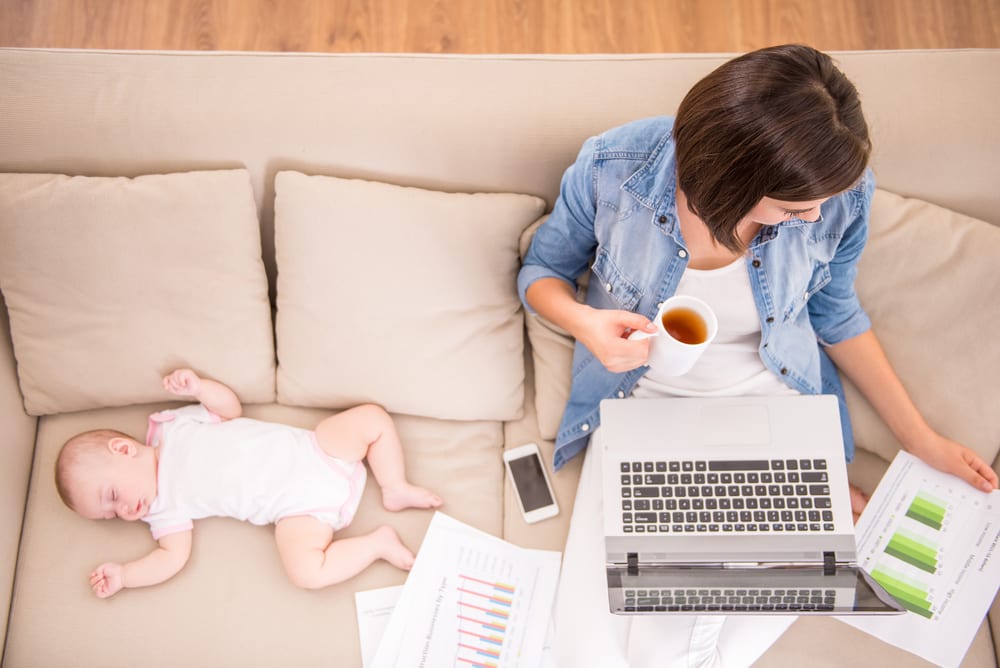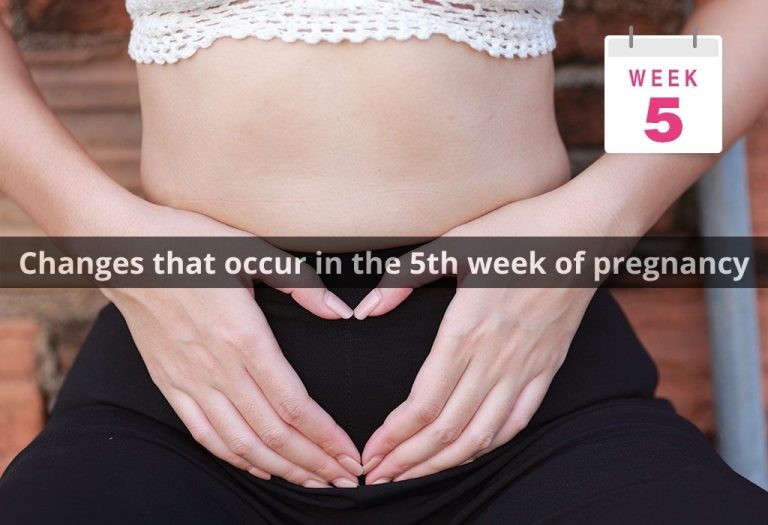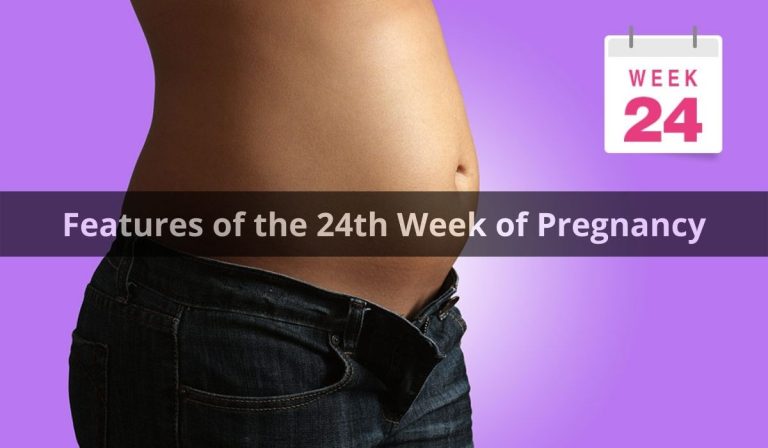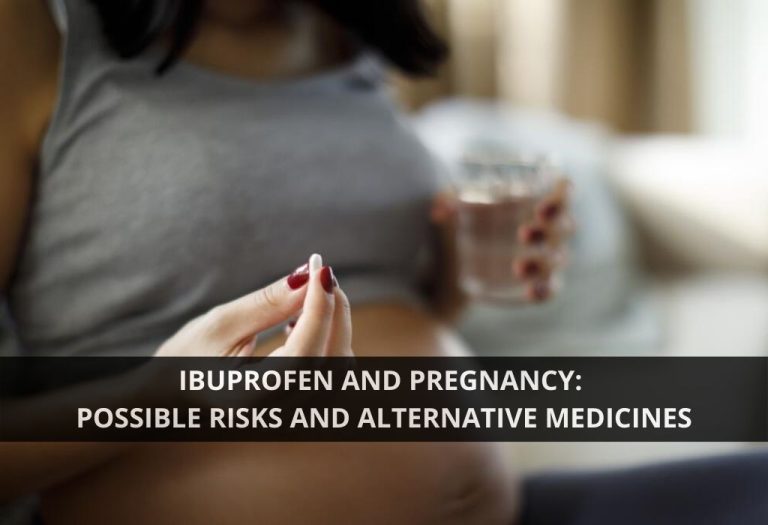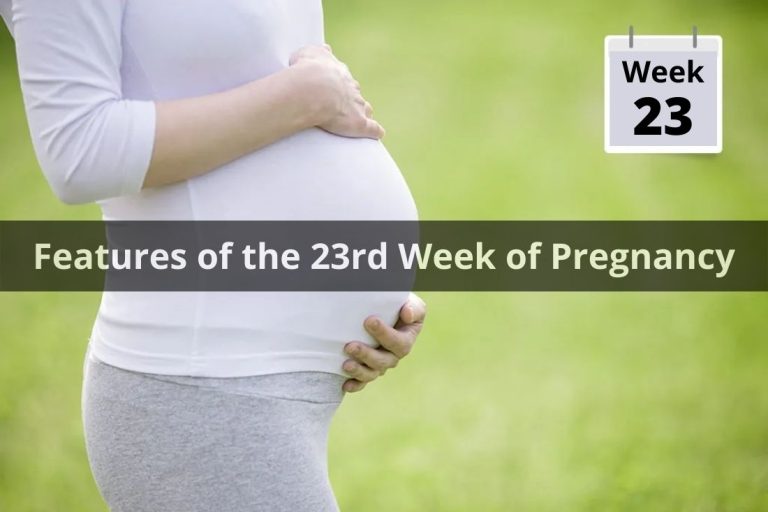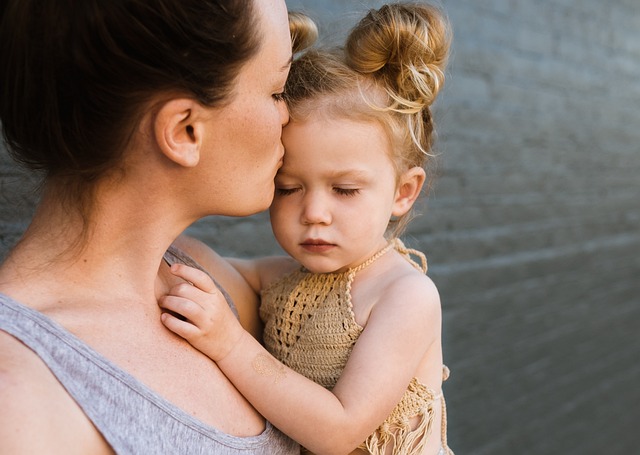Tax-Free Childcare: 11 Things Self-Employed Parents Should Know
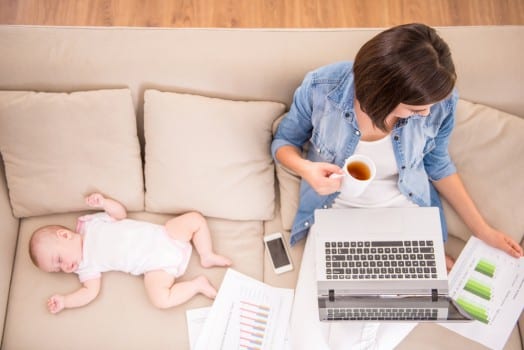
According to the latest government update, the Tax Free Childcare system will be open to parents who are just starting their business. While their business is starting to take off, self-employed parents will not need to earn a minimum income to receive the childcare subsidy.
Previous schemes were only available to employees. So it’s good news that self-employed people will be included in Tax Free Childcare. However, the launch of the scheme has now been pushed back to early 2017.
If you’re a working parent, it’s never too early to plan for childcare costs. Here’s the latest update: ten essential things to know about the schema…
1. You will be able to open an online account
You will be able to open an online account to which you can pay your child care expenses with a registered provider. This will be done through the government website GOV.UK. The Tax Free Childcare system will be launched from the beginning of 2017.
This is equivalent to the tax that most people pay – 20% – hence the name of the scheme – “tax free”. The government will top up 20% of childcare costs for a total of up to £10,000, equivalent to supporting up to £2,000 per child per year (or £4,000 for disabled children).
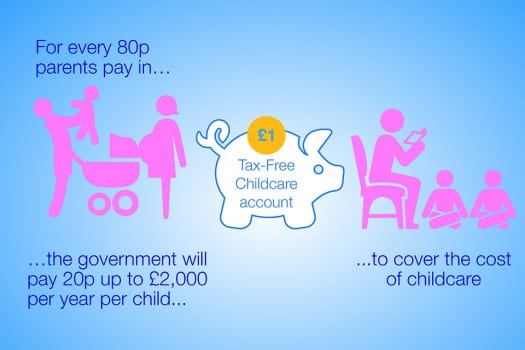
3. The scheme will be available to children under 12 years of age.
It will also be available to children with disabilities under the age of 17, as the cost of caring for them can remain high during adolescence.
4. To qualify, parents must work, each earning an average of just over £100 per week and no more than £100,000 each per year.
The scheme is designed to be flexible for parents if, for example, they want to return to work after having a baby or work part-time.
5. Any eligible working family can take advantage of the Tax Free Child Care program – it is independent of employers offering it.
Tax-free child care is not dependent on employers offering this scheme, unlike the current Employer Supported Child Care scheme. Any working family can use Tax Free Childcare, as long as they qualify.
6. The scheme will also be available to self-employed parents.
Self-employed parents will be able to receive child care support through Tax Free Childcare, unlike the current scheme (employer-supported child care), which is not available to self-employed parents. To support young self-employed parents, the government is introducing a “start-up” period. At the same time, self-employed parents will not need to receive a minimum level of income.
The scheme will also be available to parents on paid sick leave, paid and unpaid maternity, paternity and adoption leave.
7. If you are currently receiving employer-supported child care, you may continue to do so.
You don’t have to switch to Tax Free Childcare if you don’t want to. Employer-supported childcare work will continue. Parents will not be able to enroll in employer-supported child care once tax-free child care is introduced, but those already registered by that date will be able to continue to use it as long as their employer offers it. However, tax-free childcare will be available to more than twice as many parents as employer-supported childcare.
The introduction of Tax Free Childcare will not affect nurseries at employers’ workplaces.
8. Parents and others may deposit money into their childcare account at any time, at any time.
This gives you the ability to pay more in some months and less at other times. This means that you can accumulate balance in your account to use it when you need more child care than usual, such as during the summer holidays.
Not only parents can pay into the account – if grandparents, other family members or employers want to contribute money, they can do so.
9. The process will be as simple as possible for parents
The process will be easy and as easy as possible for you. For example, you will verify your circumstances every three months through a simple online process; and there will be a simple login service where parents can view the accounts of all their children at the same time.
10. You can withdraw money from the account if you want
If your circumstances change or you no longer want to pay into the account, you can withdraw the accumulated money. If you do so, the government will withdraw its respective contribution.
Additional information will be available prior to the introduction of the scheme so that parents who make childcare decisions can consider all of their options.
11. Tax-free childcare is not open to those who qualify for universal credit.
The universal credit is being introduced in place of tax breaks for the self-employed. There are signs that UC will hit the self-employed especially hard. And while 85% of childcare costs will be covered by households eligible for Universal Credit’s childcare element, the government says that in order to be eligible, “a single parent or both breadwinners in a couple will have to pay income tax.” Now that income tax is paid on incomes above £10,600, while a large number of self-employed women in particular earn less than this amountit looks like the low-paid self-employed will be the net losers from these changes in childcare subsidies.
Image: self-employed mom via Shutterstock

